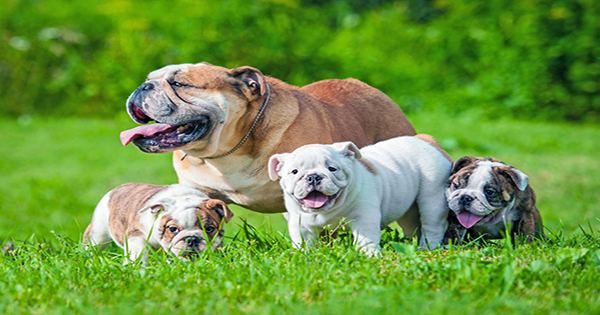The societal cost of greenhouse gases is a measurement method developed by industry experts to assign a monetary value to the entire damage caused by emitting one ton of greenhouse gas into the atmosphere.
The social cost of carbon dioxide (SCCO2) has become a popular tool for assessing the benefits of incremental carbon dioxide emission reductions. The SCCO2 has been extensively researched for a review, and researchers have generated a significant number of varying estimates. New SCCO2 estimations are currently being used to evaluate the benefits of CO2 emission reductions linked with US government legislation. However, recent climate policy analyses have been unable to quantify the benefits of reductions in nonCO2 greenhouse gas (GHG) emissions due to a lack of comparable social cost estimates for these gases.
An international team of experts has concluded that the social cost of nitrous oxide, a greenhouse gas that is the most serious remaining danger to the ozone layer, is undervalued. The authors write in their assessment, which appears in the journal Nature Climate Change, that enhancing the accuracy of these calculations would not only provide a more realistic picture of the consequences of climate change but would also encourage states to act more aggressively to address it.
According to the researchers, adding the effect of nitrous oxide on the ozone layer would increase the present social cost of this gas by 20%. Because more harmful UV radiation reaches the Earth’s surface as a result of ozone depletion, the repercussions on human health, as well as plant and animal life, are more severe.
A more accurate estimate would strengthen the case for nitrous oxide action and increase the likelihood of meeting U.S. climate and sustainable development goals. These damage costs are critical in evaluating the worldwide benefits and costs of policy initiatives to address climate change.
Professor Peter Groffman
“Updating the societal cost of nitrous oxide’s impacts to include stratospheric ozone lifts the computation well above current estimates,” says David Kanter, an associate professor in the Department of Environmental Studies at New York University and one of the authors. According to the experts, a new measurement would most likely have an impact on government action.
“A more accurate estimate would strengthen the case for nitrous oxide action and increase the likelihood of meeting U.S. climate and sustainable development goals,” says author Peter Groffman, a professor with the Environmental Science Initiative at the CUNY Graduate Center’s Advanced Science Research Center.
The Comment article, which included researchers from the University of Guelph in Canada, the University of California at Davis, the PBL Netherlands Environmental Assessment Agency, and New York University’s Wagner Graduate School of Public Service, among others, focuses on the social cost of nitrous oxide — an estimate of the economic costs of emissions that provides an assessment of predicted damage caused by resulting climate change.

Current social cost estimates do not consider how nitrous oxide, or N2O, affects the ozone layer, which shields the earth from the sun’s powerful rays – a critical omission because continued depletion of the ozone layer could harm crops and marine life while also increasing human exposure to cancer-causing ultraviolet radiation. Nitrogen fertilizers used in agriculture are one of the most significant sources of N2O emissions.
“These damage costs are critical in evaluating the worldwide benefits and costs of policy initiatives to address climate change,” the authors write. “They are employed in various nations other than the United States, including Canada and the United Kingdom.” “Scientists and economists have made significant investments in developing estimates of the social cost of carbon. However, the social cost of nitrous oxide has been given much less attention.”
Supporters of the measure claim that it gives policymakers a tool to make decisions by accounting for the environmental impact of a legislative action. “The social cost of carbon, for example, is intended to quantify the costs of climate damages on families, communities, businesses, and others, ensuring that they are factored into policy decisions by government agencies,” explains Brooks of the Environmental Defense Fund.
The social cost of carbon dioxide, or SCCO2, is the present value of the future harms that would result from emitting an extra unit of CO2 (usually one metric ton) in a given year. The SCCO2 outlines the effects of climate change on all key market and non-market sectors, such as agriculture, energy production, water availability, human health, coastal communities, biodiversity, and so on. As a result, estimations of the SCCO2 play a significant role in evaluating the advantages of measures that result in CO2 emission reductions.
















